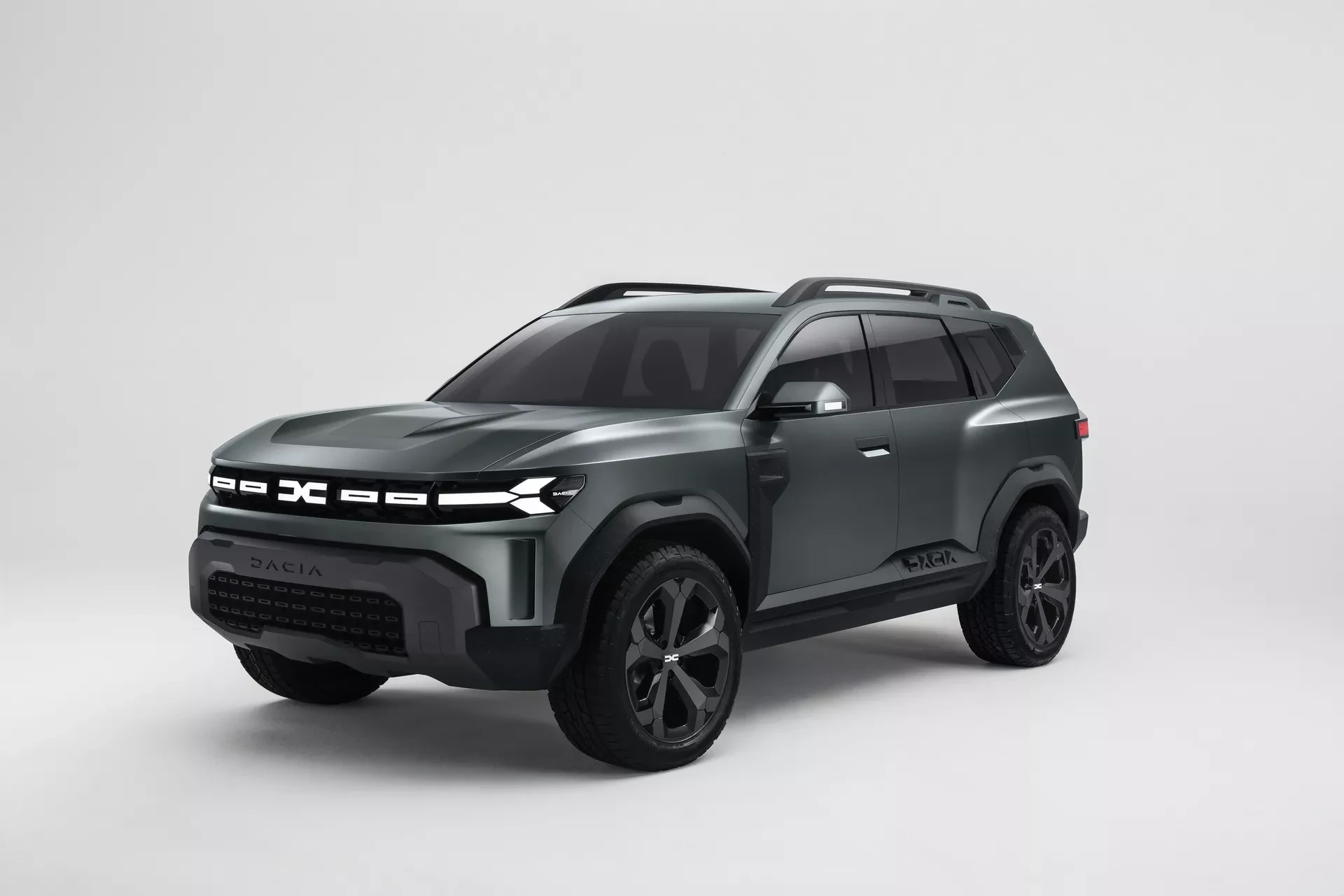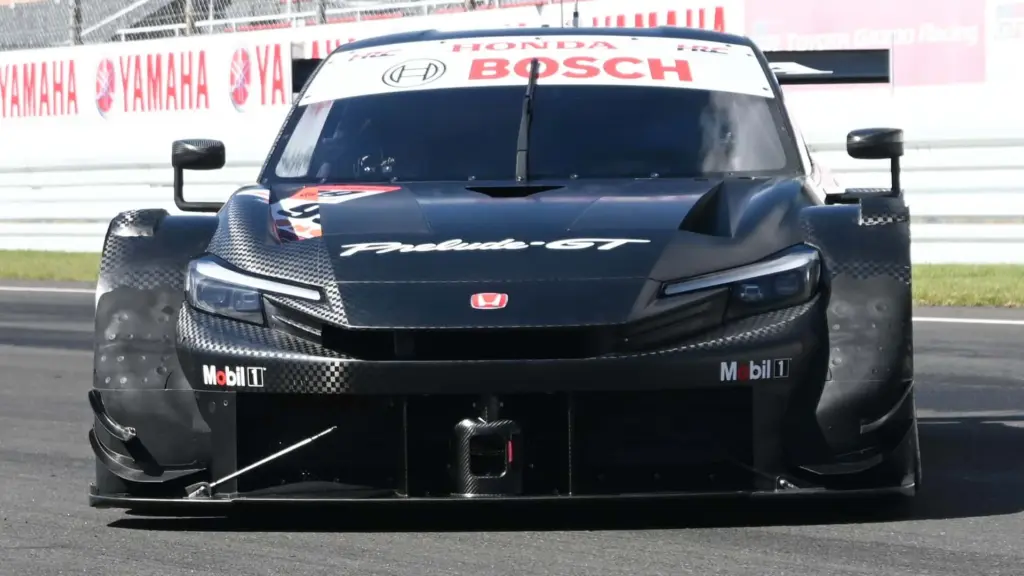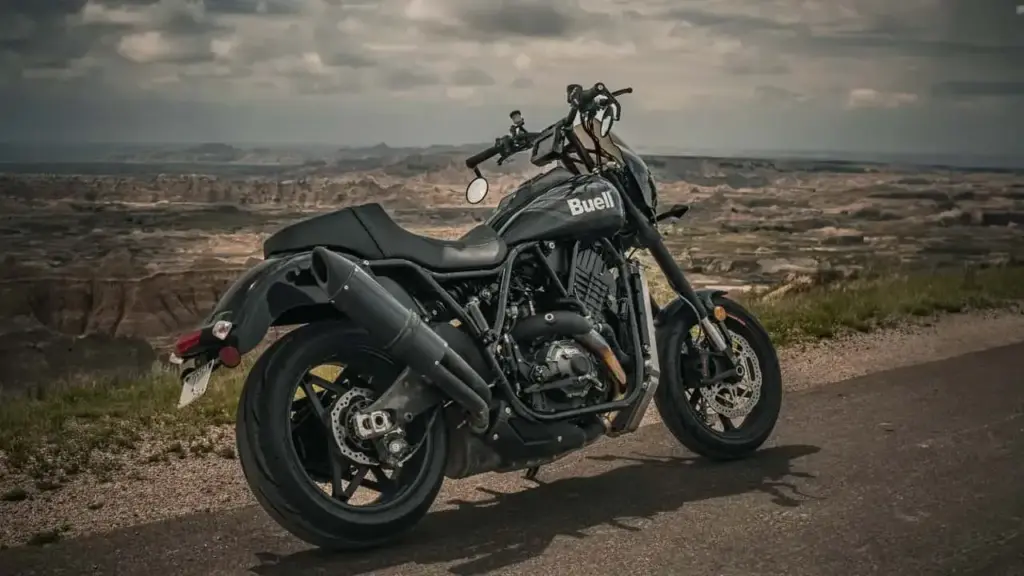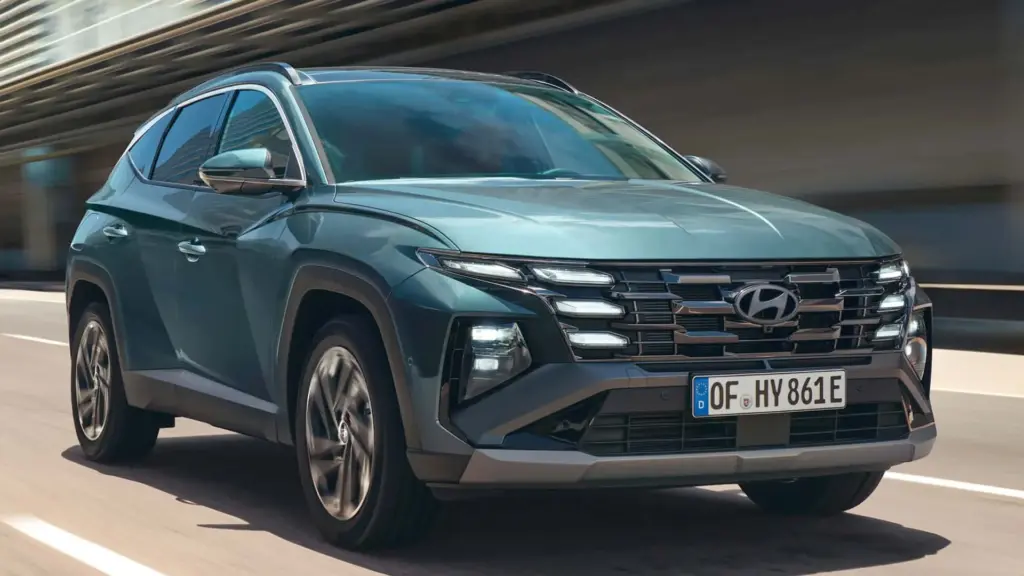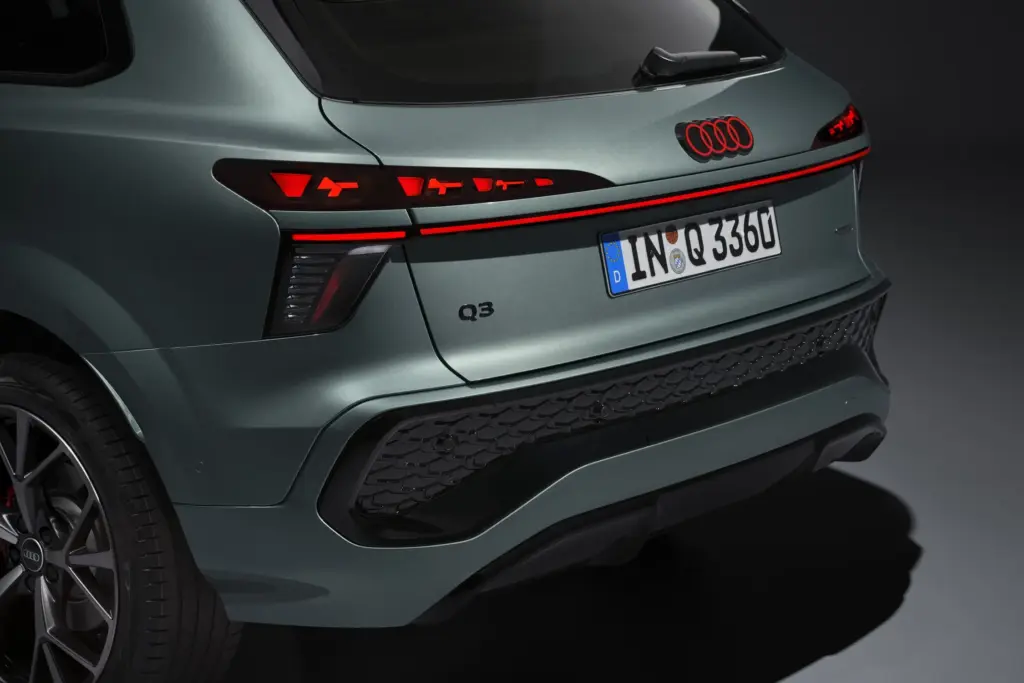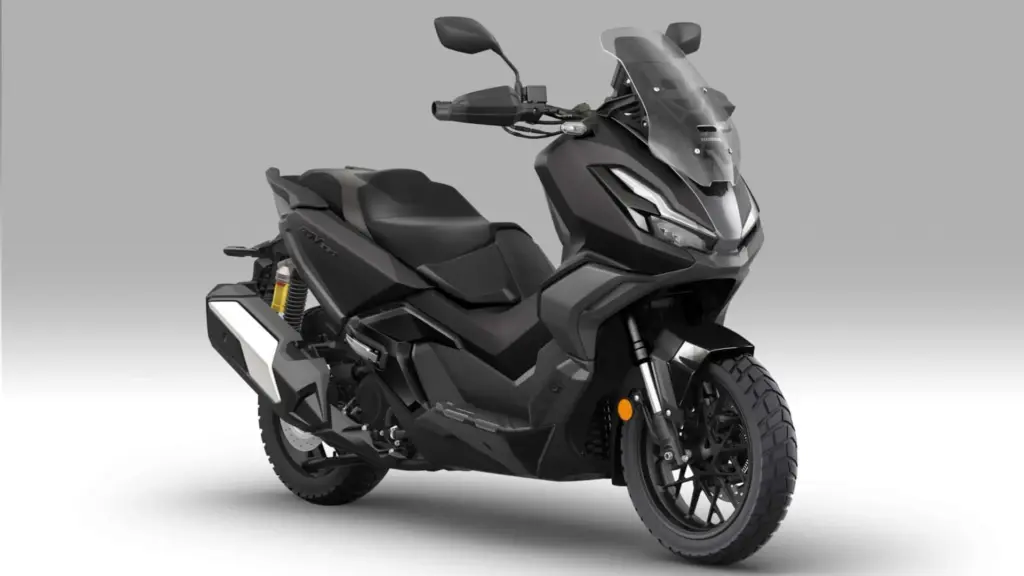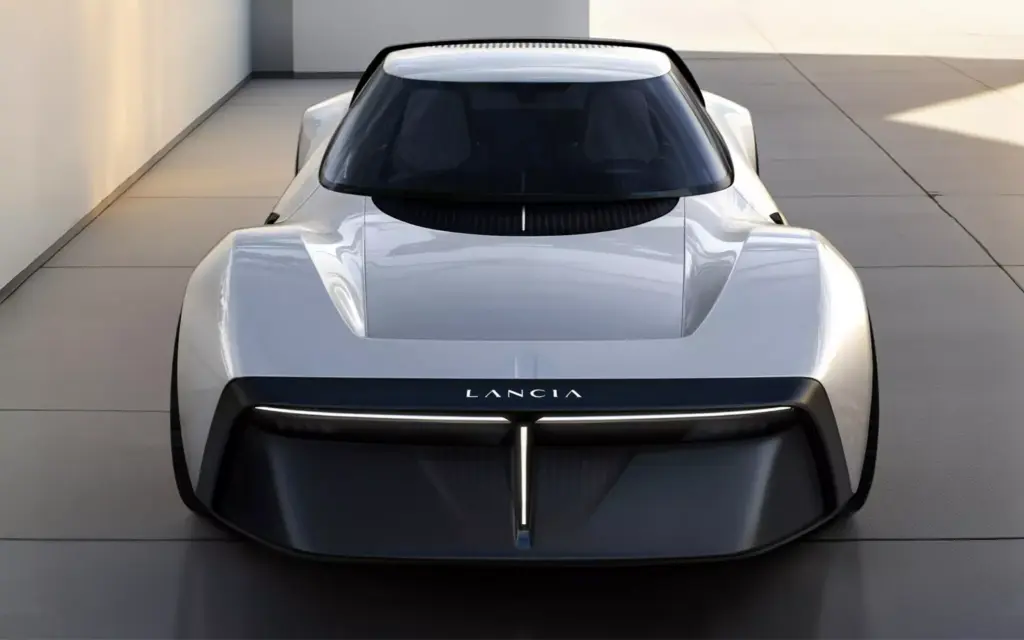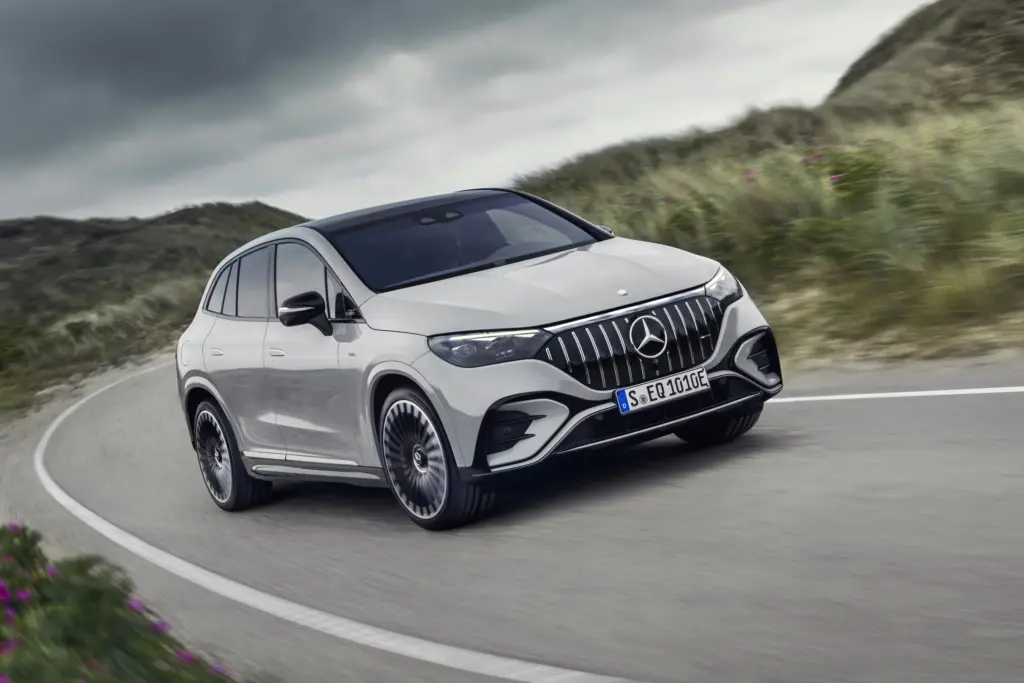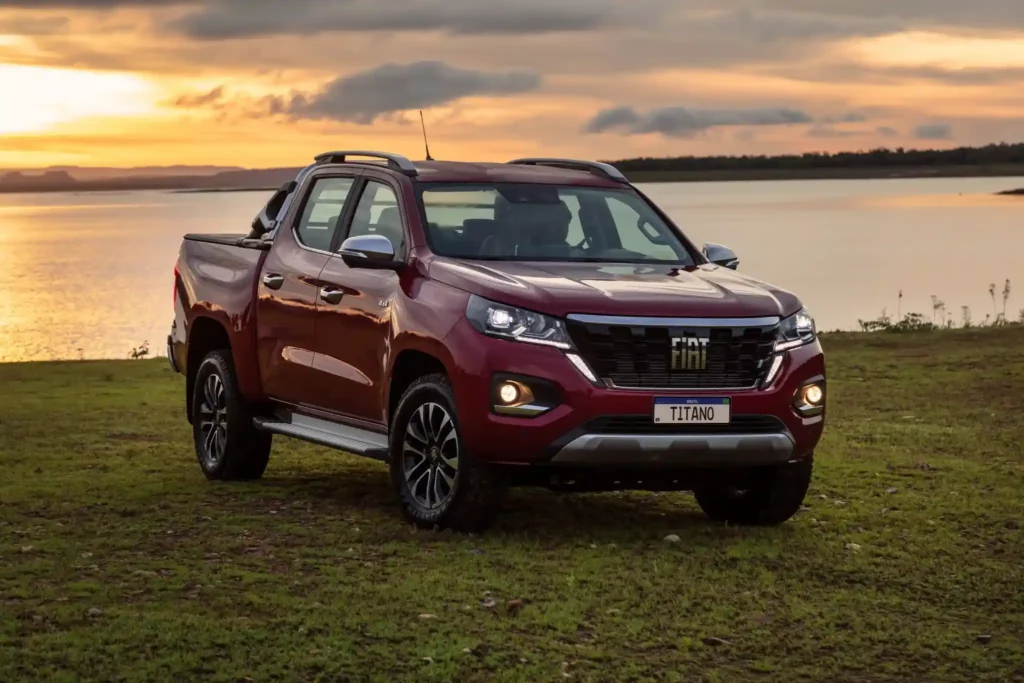Get ready, fans of SUVs with excellent value for money! I’m here to dive deep into the 2025 Dacia Bigster, a model that promises to shake up the European market and, perhaps, other parts of the world. Based on the hottest information circulating, let’s uncover every detail of this Romanian giant that’s about to be born.
What to Expect from the Romanian Giant? (Dacia Bigster 2025)
The Dacia Bigster isn’t a name that popped up out of nowhere. It is essentially a larger and more imposing derivative of the well-known third-generation Renault Duster, or Dacia Duster in some markets. Production is scheduled to start in December 2024, with the first units arriving at dealerships in early 2025. According to Wikipedia, the Bigster will be assembled in Mioveni, Romania, on the versatile CMF-B LS platform—the same one that powers other group models like the Logan, Sandero, and Jogger. This already gives us a clue about cost optimization and the expected robustness, hallmarks of Dacia.
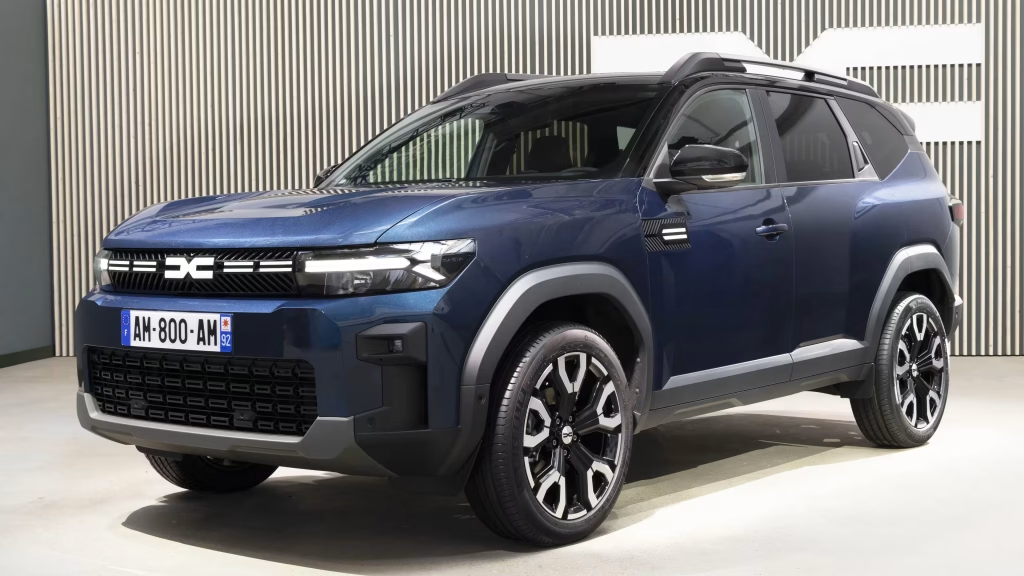
The proposal is clear: to offer a spacious, robust SUV with a price that won’t break the bank. The official concept debut took place at the 2024 Paris Motor Show, its 90th edition, where the model showcased modern lines and a body that shouts “sturdiness!” without excessive ornamentation. The expectation is that it will maintain Dacia’s philosophy of delivering great value for a fair price—something also seen in other segments, such as the accessible electrification the 2025 Peugeot 308 pursues in its category.
Design and Dimensions: Plenty of Room Is the Motto!
When I say “giant,” I’m not exaggerating for the segment. The Bigster features generous dimensions: 179.9 inches (4,570 mm) long, 71.3 inches (1,810 mm) wide, 67.3 inches (1,710 mm) tall, and a 106.3-inch (2,700 mm) wheelbase. Compared to the Duster III, it’s about 11.8 inches (300 mm) longer and has a 3.9-inch (100 mm) longer wheelbase. This translates into a more spacious interior and a trunk capacity that can reach an impressive 23.5 cubic feet (667 liters) in the VDA configuration—ideal for families and adventure seekers alike.
The interior also promises a quality leap compared to its smaller sibling, with trim options in “Denim” and “Khaki” tones and the possibility of a panoramic roof depending on the trim level. The idea is to offer a more refined environment without losing sight of value. Modularity will also be a strong point, with the possibility of a 40/20/40 split-folding rear seat.
Electrified Powertrains: Efficiency and Varied Options
Dacia didn’t fall behind in the electrification race. The Bigster will arrive with an interesting range of powertrains, focusing on efficiency without sacrificing adequate performance for the vehicle’s purpose. The range of electrified engines is one of the big draws, showing the brand’s awareness of market trends, similar to launches like the 2025 Hyundai Ioniq 5, surprising with its technology.

Among the options, we will have:
- Hybrid 155: A full-hybrid setup with a 1.8L inline-4 engine, capable of running up to 80% of the time in full electric mode during urban driving. It promises up to a 40% reduction in fuel consumption on combined cycles.
- TCe 140 MHEV: A 1.2L inline-3 turbo mild-hybrid engine with 140 hp that uses a starter-generator system for faster responses and greater efficiency.
- ECO-G 140: An interesting 1.2L inline-3 turbo option that can run on gasoline or LPG (liquefied petroleum gas), an important distinction in the European market.
The available transmissions will be a 6-speed manual and a 7-speed dual-clutch automatic (DCT), with options for front-wheel drive or all-wheel drive depending on the chosen version and powertrain.
Technology and Connectivity on Board the Dacia Bigster
In terms of technology, the 2025 Dacia Bigster won’t disappoint those looking for a modern car. It will come equipped with up to 13 driver-assistance systems (ADAS), including automatic emergency braking, lane departure warning, and traffic sign recognition. This demonstrates a commitment to safety, a factor increasingly crucial for consumers.
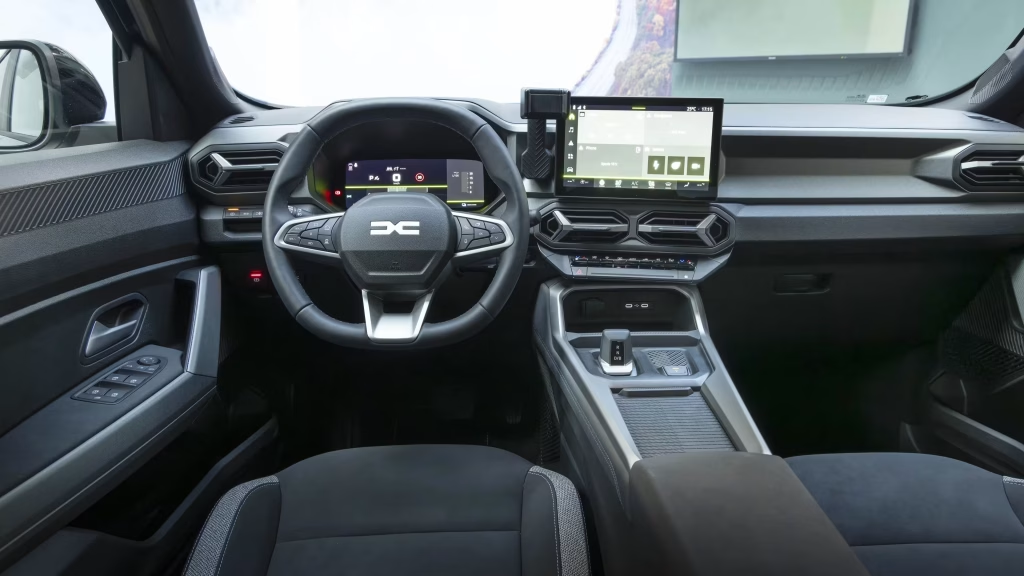
Inside, the higher trims will feature a 10-inch digital instrument cluster and a 10.1-inch multimedia touchscreen. This system will offer wireless Apple CarPlay and Android Auto compatibility, along with an inductive wireless phone charger. These features raise the level of comfort and convenience onboard.
Trim Levels and Prices: Which Bigster Fits Your Budget?
Dacia is a master at offering a solid package for a competitive price, and with the Bigster, it won’t be any different. Although exact prices for all markets have not yet been disclosed, we already have a base from the prices in Portugal released by Caetano Retail. Note that the exchange rate used for conversion was €1 = US$1.1306, reflecting an average from May 2025, according to Most Accurate Exchange Rates.
Equipment by Trim Level
| Trim | Main Engine | Price (PT) | Approx. Price (USD) |
|---|---|---|---|
| Expression | TCe 140 MHEV | from €25,150 | ~US$28,400 |
| Journey | TCe 140 MHEV / 4×4 | from €27,250 (4×4) | ~US$30,800 (4×4) |
| Extreme | Hybrid 155 | from €29,500 | ~US$33,350 |
The Expression trim will already come with 17-inch wheels, dual-zone air conditioning, a 7-inch instrument panel with a 10.1-inch multimedia display, and an electric parking brake. The Journey adds features like Media Nav Live (integrated navigation), wireless charger, electric tailgate, and in the Hybrid 155 version, a cooled console. The top-of-the-line Extreme, besides the full-hybrid 155 hp engine (with optional all-wheel drive), will offer 19-inch wheels, MicroCloud upholstery, adaptive cruise control, advanced parking aids, two-tone paint, and a panoramic roof.
Dacia Bigster vs. Competitors: The SUV Battle
The Dacia Bigster will enter a competitive segment, facing rivals like the Volkswagen Tiguan and Škoda Karoq. Dacia’s big card, as always, will be price. According to the German portal DIE WELT, the Bigster could be up to 30% cheaper than the Tiguan, despite maintaining similar dimensions (15 feet 0 inches [4.57 m] for the Bigster vs. about 14 feet 9 inches [4.50 m] for the Tiguan). This strategy of offering more space and functionality for less is what sets Dacia apart in the European market, somewhat reminiscent of the philosophy behind efficient platforms used in models like the 2025 VW Golf R (Mk8.5), which aims to optimize resources for performance.
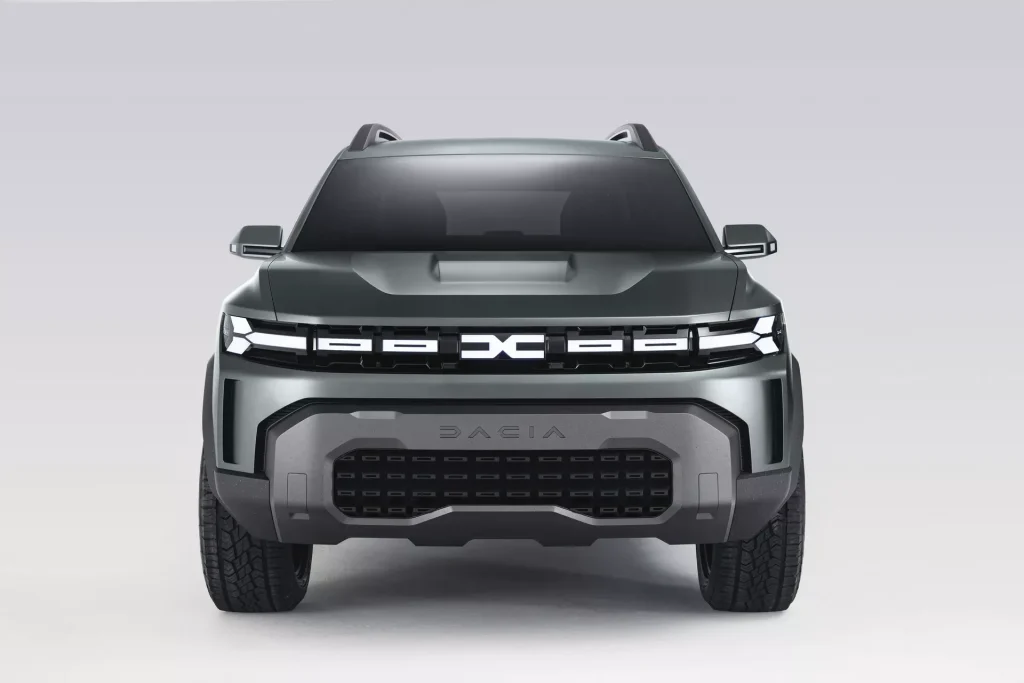
Regarding the Škoda Karoq, which is estimated to start at €26,000 (about US$29,400), the Bigster stands out with a considerably larger trunk (23.5 cu ft [667 L] vs. 18.4 cu ft [521 L] in the Karoq). Of course, the Bigster’s interior trim is expected to be simpler compared to these rivals, reflecting the brand’s “eco-cost” philosophy. The hybrid SUV segment competition is fierce, with models like the 2026 Honda CR-V Hybrid TrailSport also carving out their niche with their own merits.
Quick Comparison Table: Bigster vs. Rivals (Estimates)
| Feature | Dacia Bigster | VW Tiguan | Škoda Karoq |
|---|---|---|---|
| Length (approx.) | 15 ft 0 in (4.57 m) | 14 ft 9 in (4.50 m) | 14 ft 5 in (4.39 m) |
| Trunk Capacity (approx.) | 23.5 cu ft (667 L) | 23 cu ft (652 L) | 18.4 cu ft (521 L) |
| Starting Price (Europe) | ~€25,000 (~US$28,300) | ~€35,000+ (~US$39,600+) | ~€26,000 (~US$29,400) |
Pros and Cons: What Tip the Scales?
Based on the available information, we can already sketch an overview of the strengths and weaknesses of the 2025 Dacia Bigster.
List of Pros
- Excellent value for money
- Generous interior space
- Segment-leading trunk space
- Range of electrified powertrains
- Robust and modern design
List of Cons
- Simpler interior trim
- Possible aerodynamic noise
- Hybrid response may be less smooth
It’s important to note that some reviews, like the one from carwow.co.uk, point out an interior finish that reflects a cost-focused approach and potential aerodynamic noise at higher speeds. The hybrid system’s response might also feel less refined compared to pricier rivals. However, overall performance—with 0-60 mph (0-100 km/h) times between 9.7 and 11.2 seconds—seems appropriate for the SUV’s family-oriented purpose.

Frequently Asked Questions about the 2025 Dacia Bigster (FAQ)
Top Questions Answered
- When will the 2025 Dacia Bigster be released?
Production starts in December 2024, with sales beginning in early 2025. - What are the main highlights of the Bigster?
Spacious interior, generous trunk, hybrid engine options, and competitive price. - Will the Dacia Bigster have 4×4 capability?
Yes, there will be versions with all-wheel drive available. - What is the trunk capacity of the Bigster?
Up to 23.5 cubic feet (667 liters), depending on configuration. - Which engines will be available for the Dacia Bigster?
Mild-hybrid options (TCe 140 MHEV), full-hybrid (Hybrid 155), and a gasoline/LPG version (ECO-G 140).
Analyzing everything we know so far, the 2025 Dacia Bigster has tremendous potential to be a sales success. It combines Dacia’s formula of robustness and practicality with a more modern design, extra space, and current technologies—including electrified powertrains. For those seeking a spacious, versatile family SUV with a price that doesn’t intimidate, the Bigster emerges as an extremely attractive option. Of course, there will be some trade-offs in interior refinement compared to pricier models, but the value proposition looks unbeatable.
So, what do you think of the 2025 Dacia Bigster? Share your expectations and opinions about this launch in the comments below!
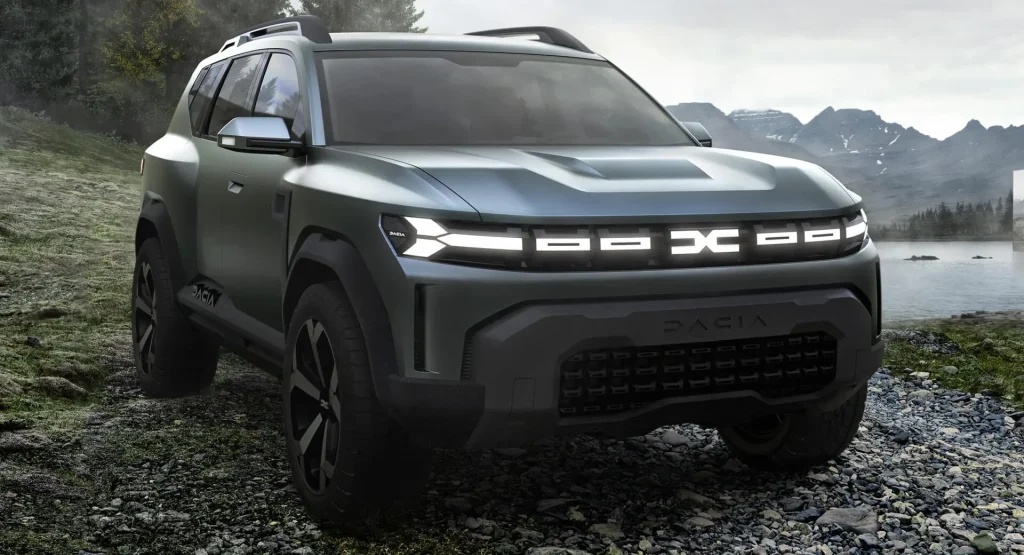
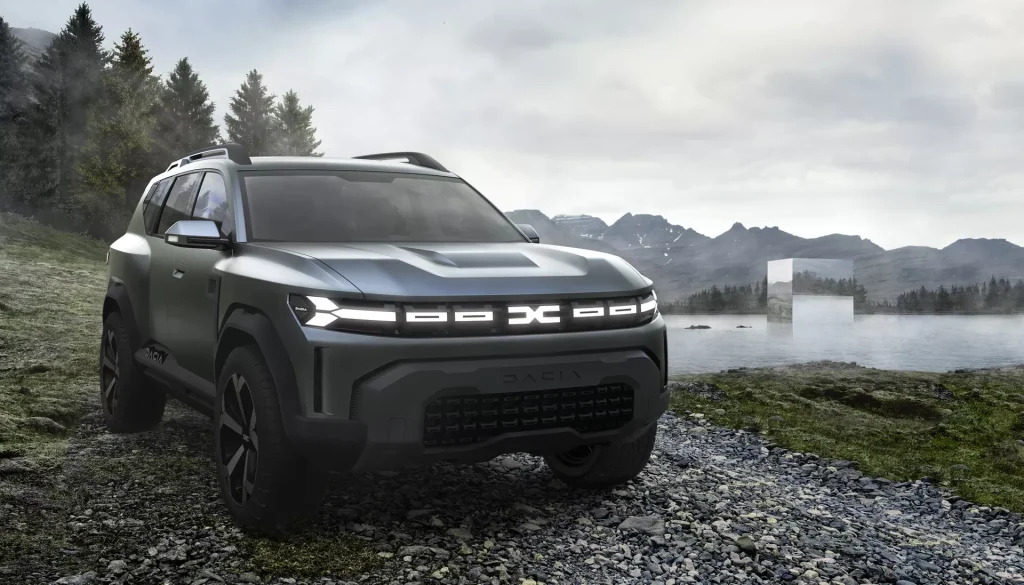
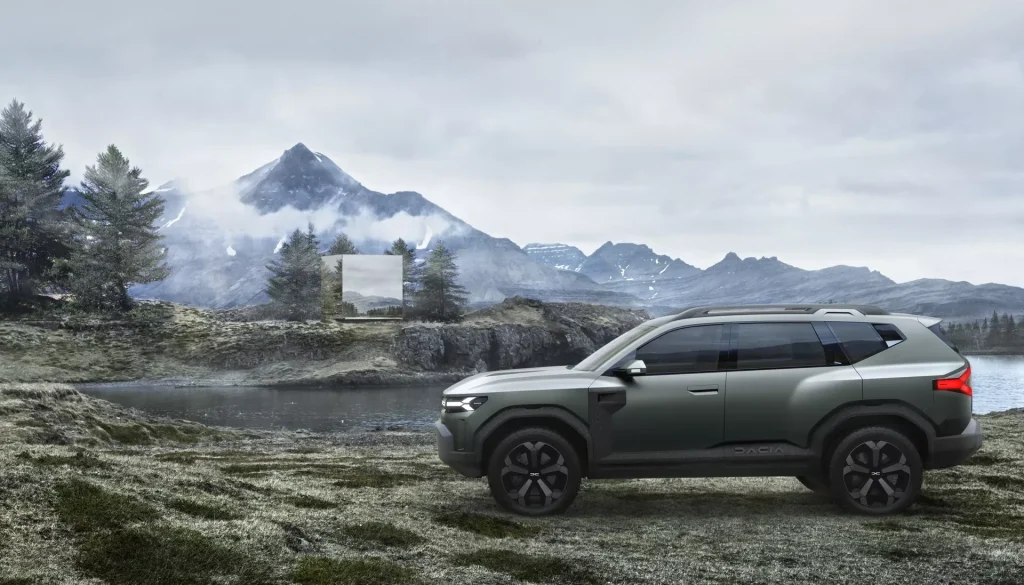
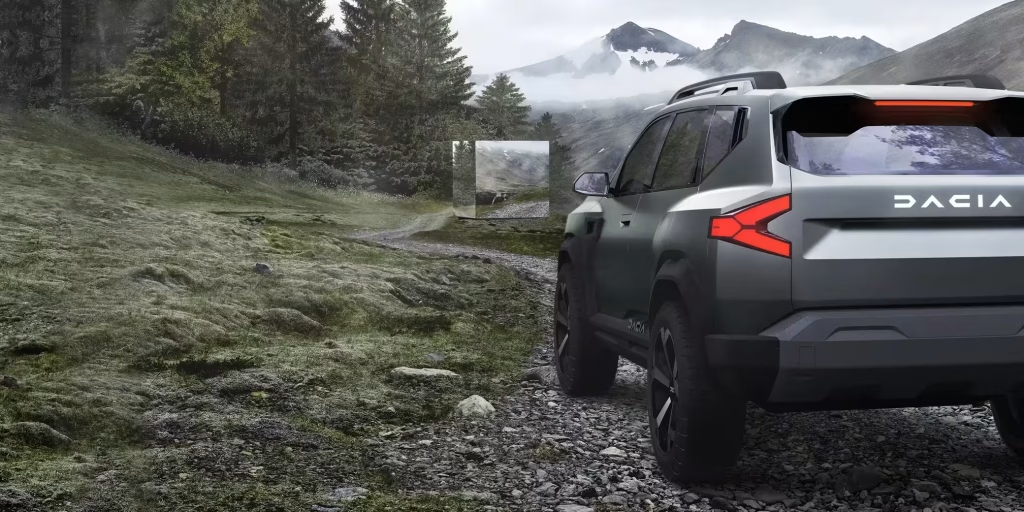

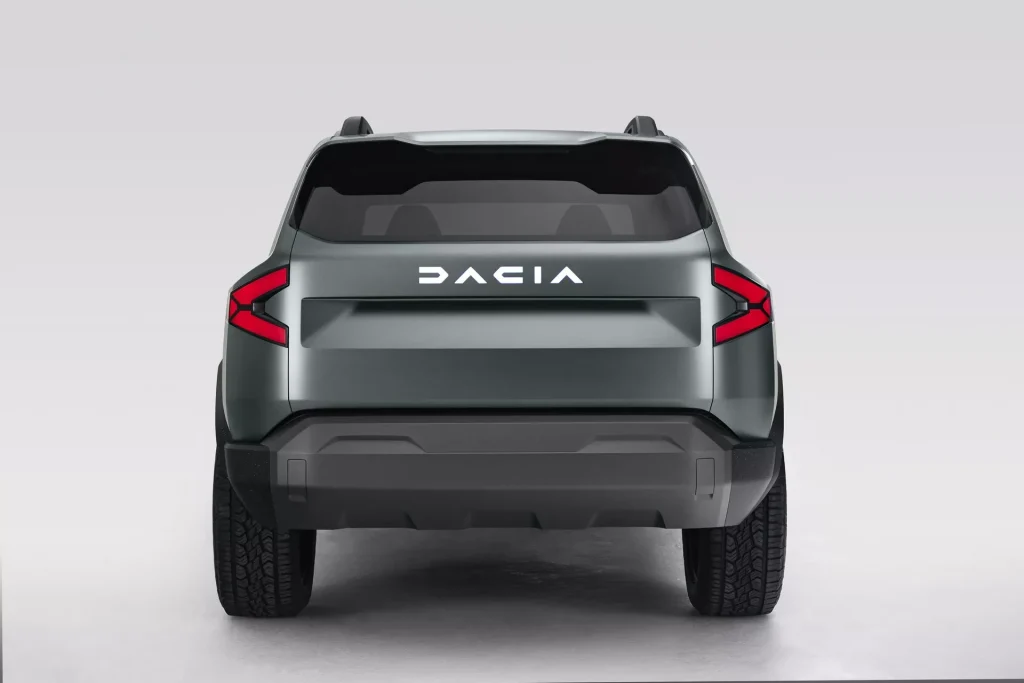
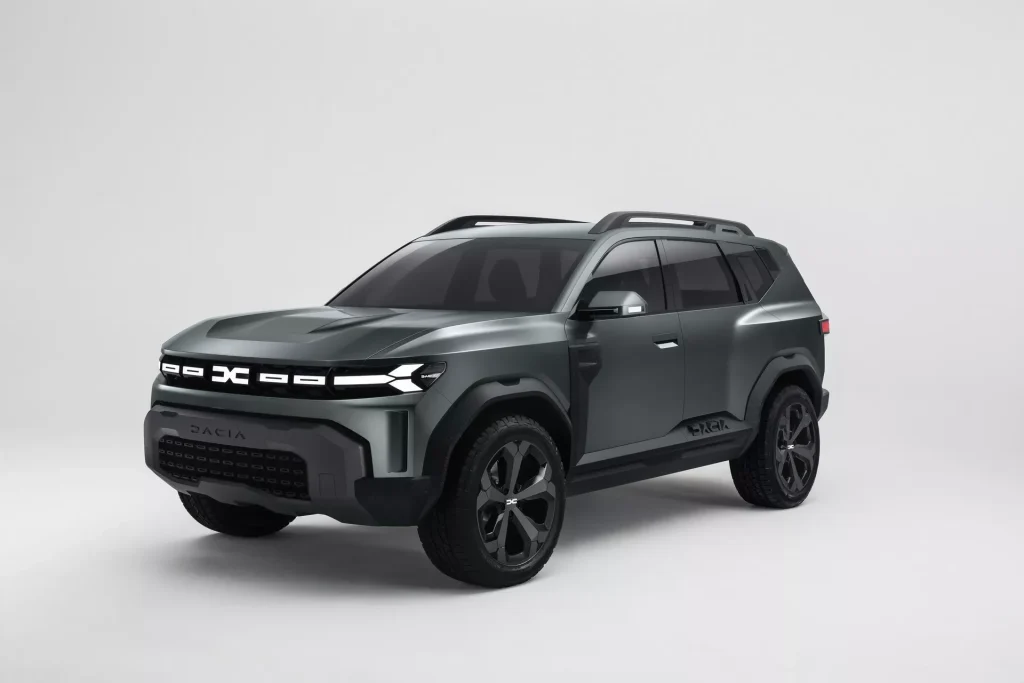
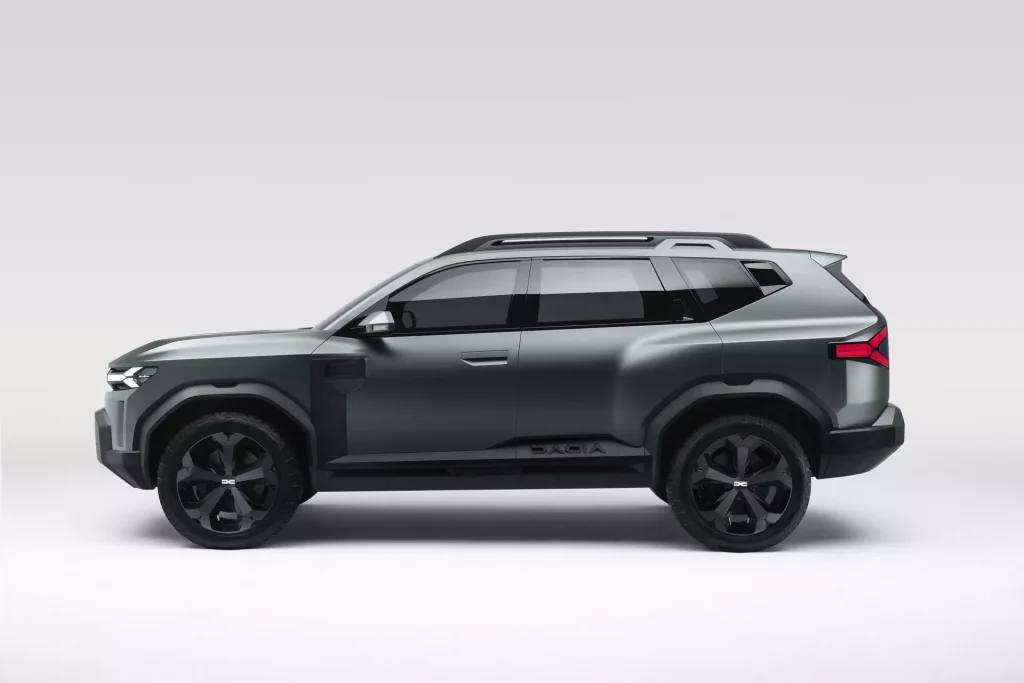
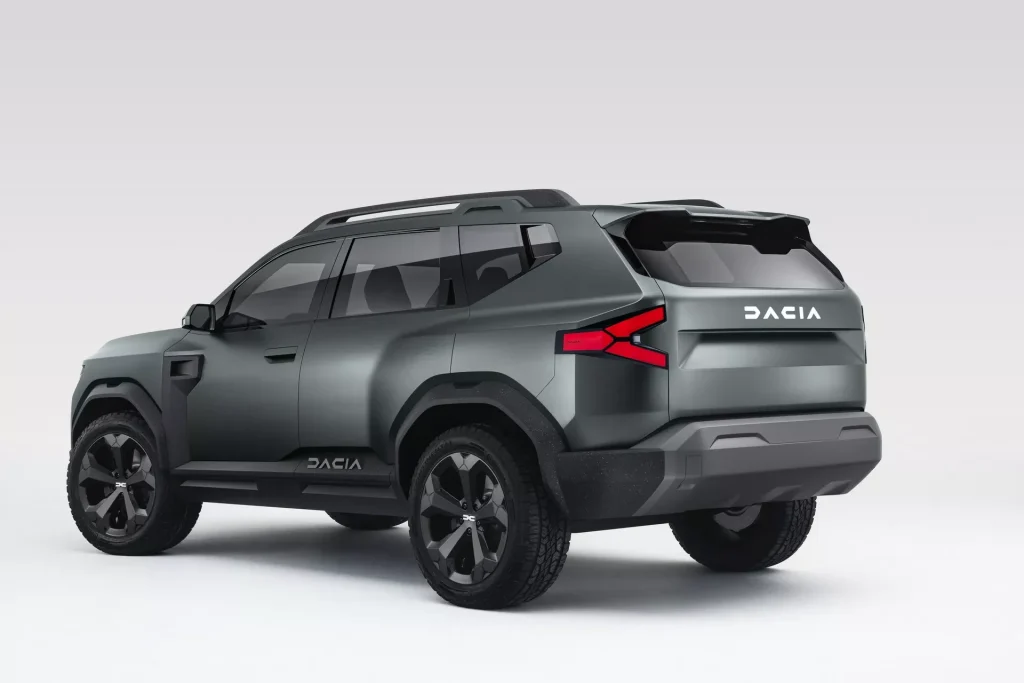
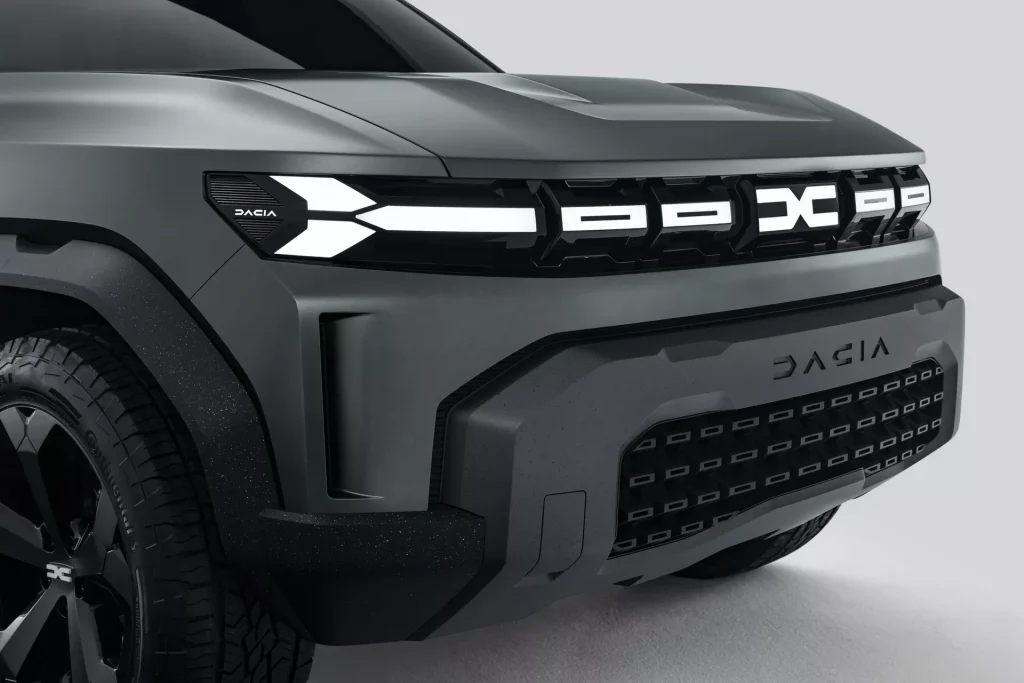
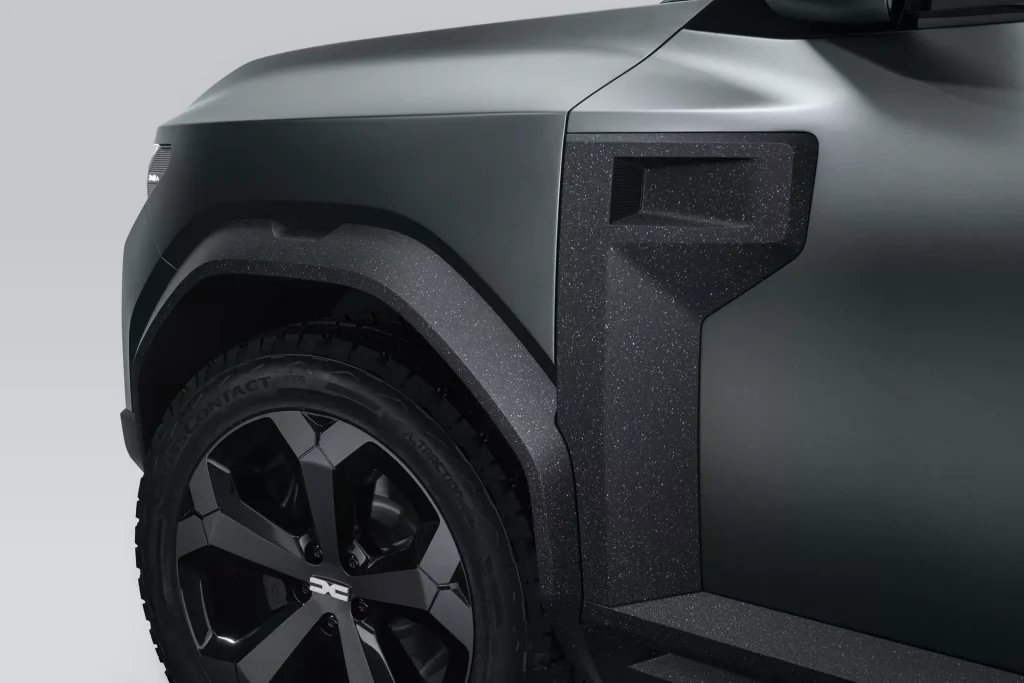
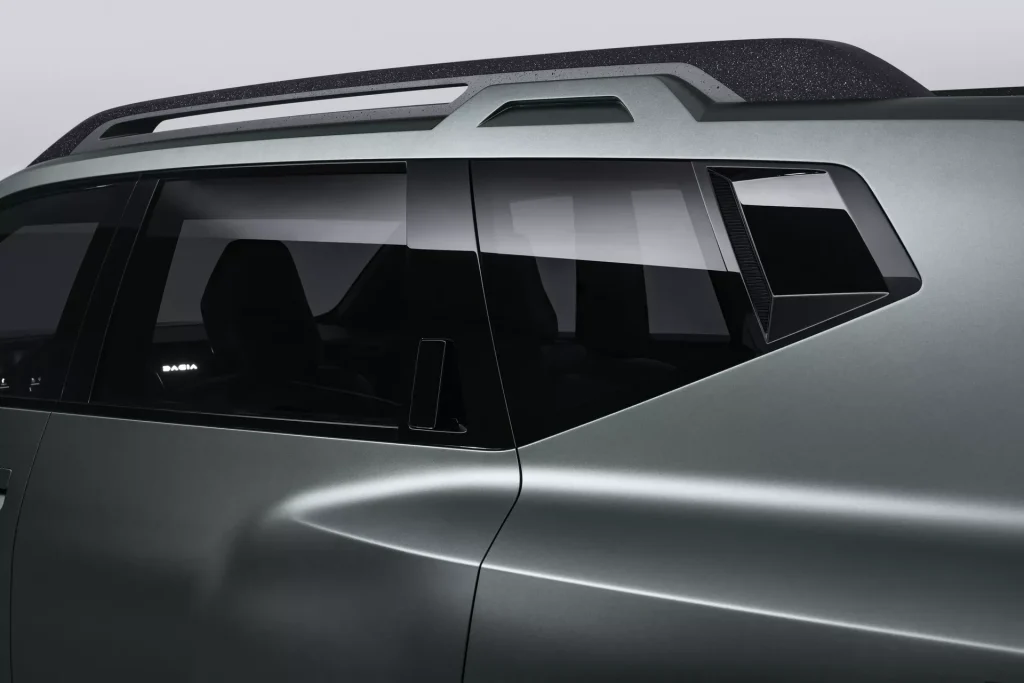



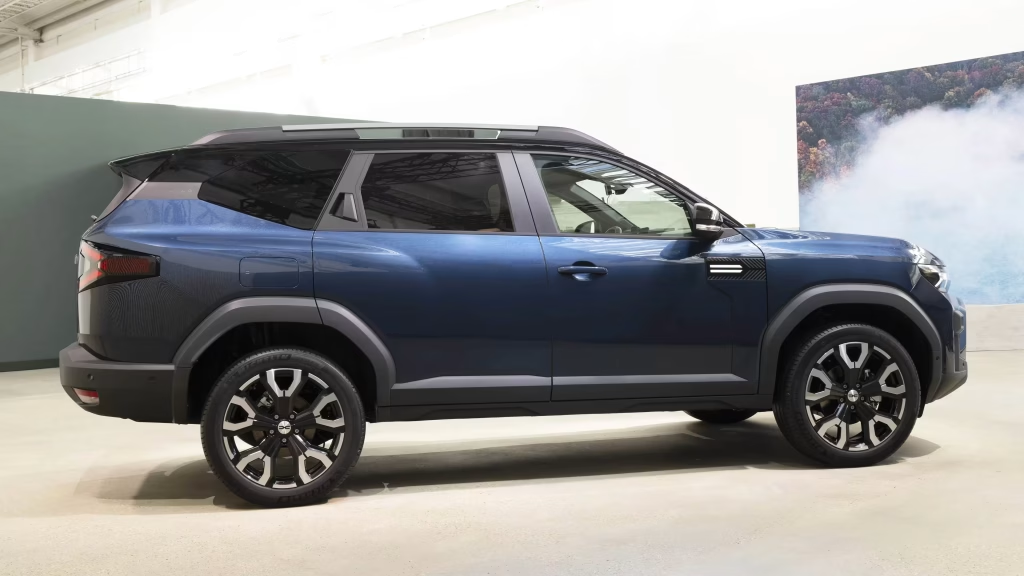
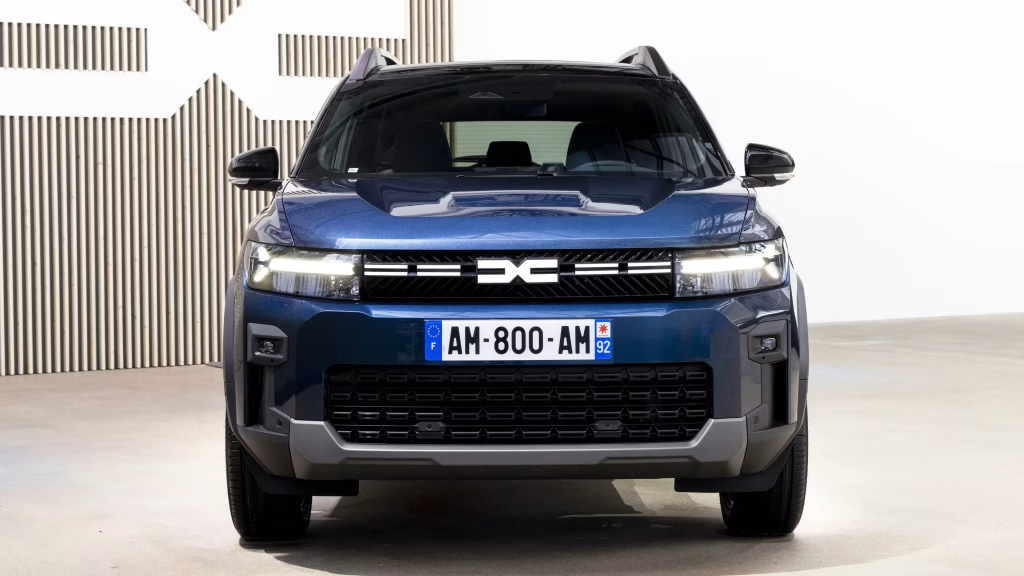
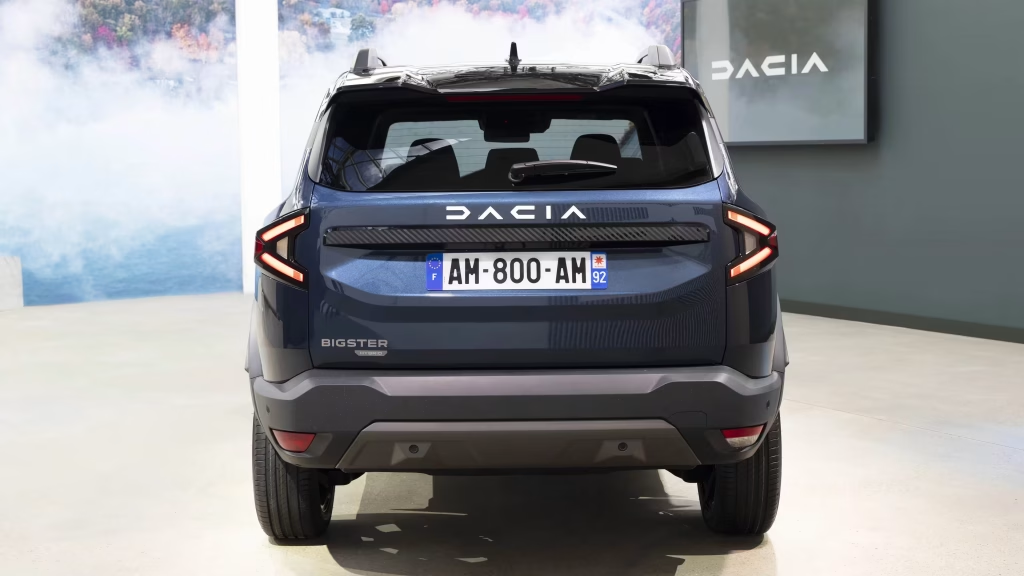

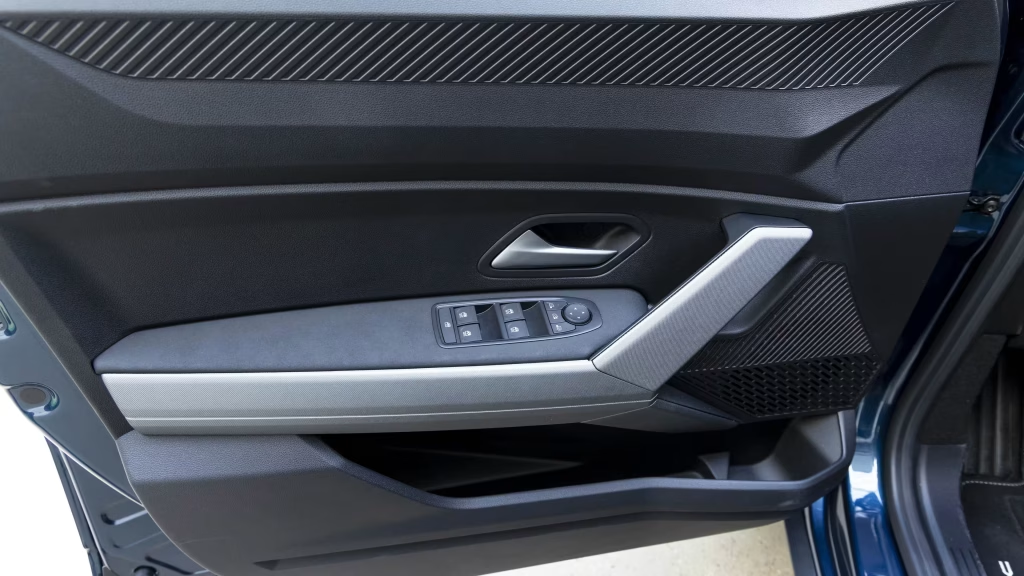
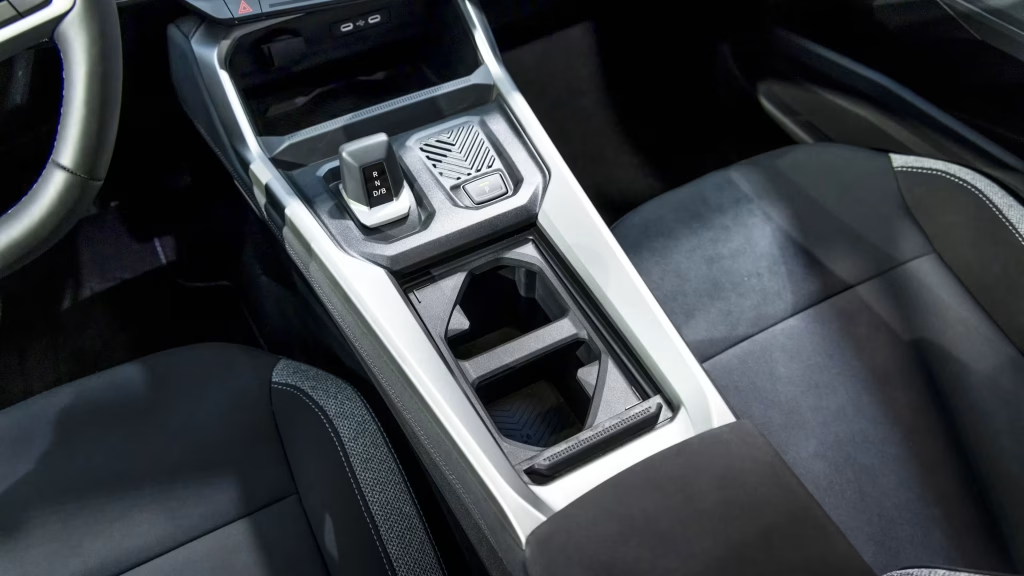
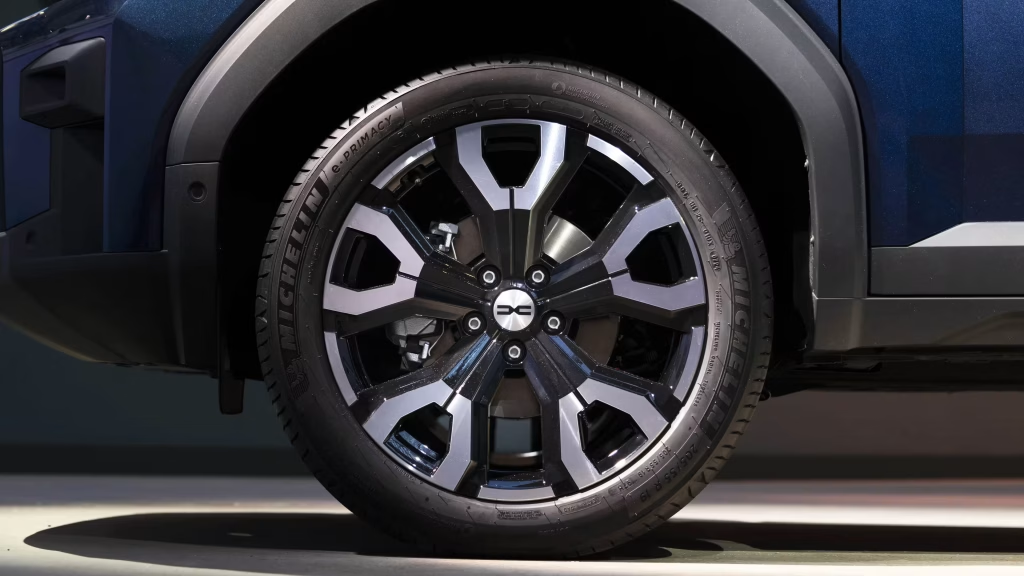
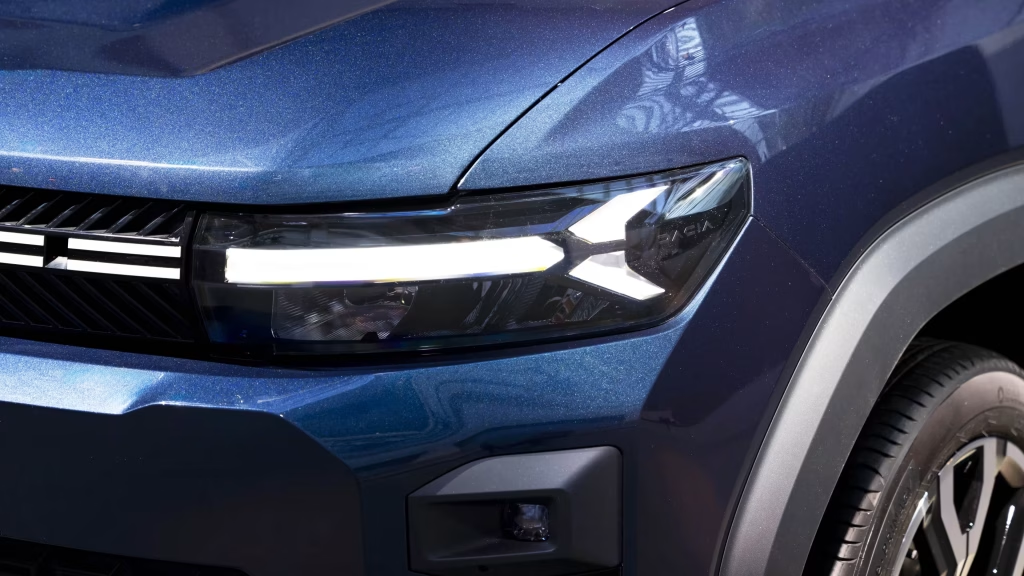
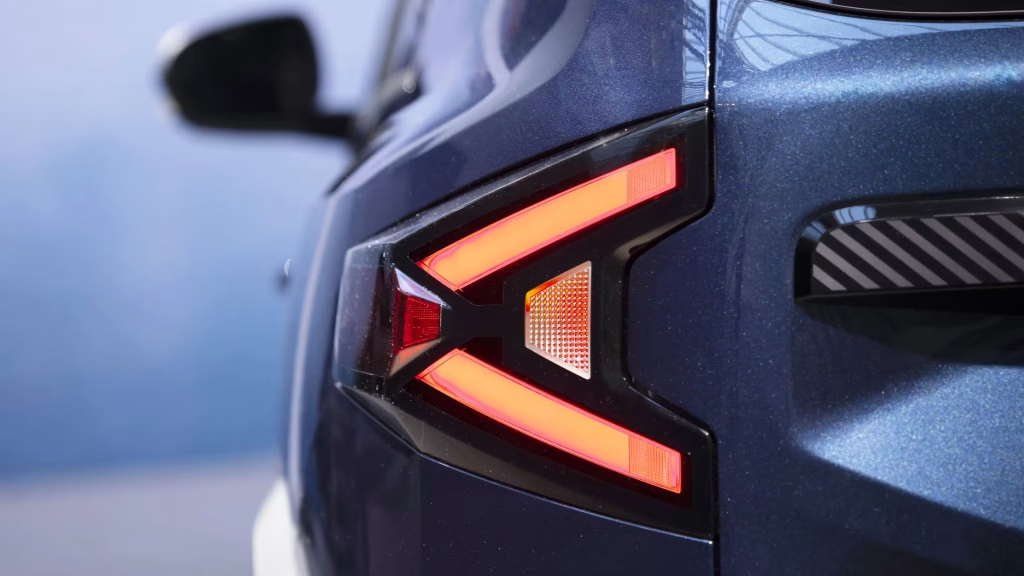
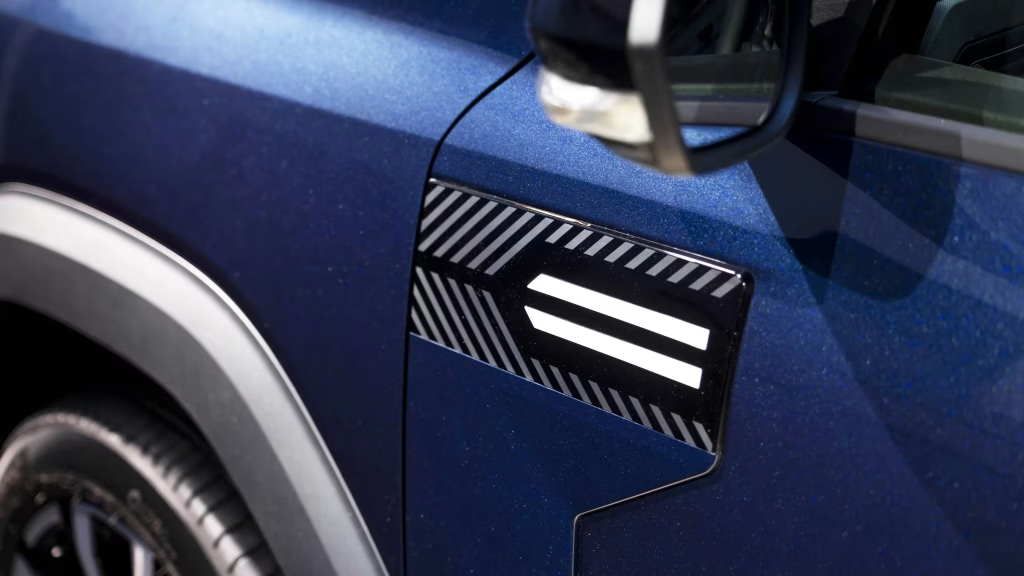
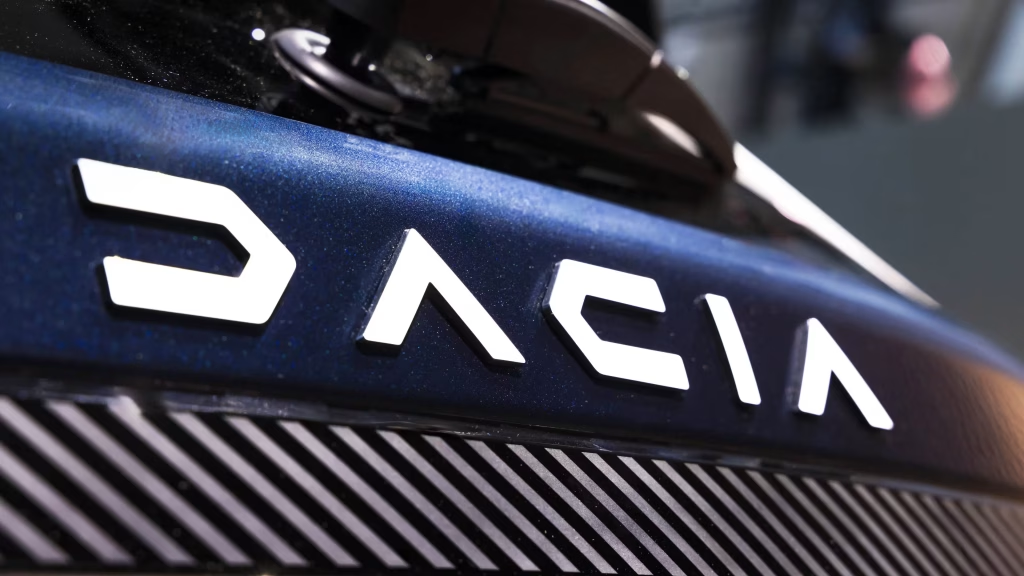
Author: Fabio Isidoro
Founder and editor-in-chief of Canal Carro, he dedicates himself to exploring the automotive universe with depth and passion. A car and technology enthusiast, he produces technical content and in-depth analyses of national and international vehicles, combining quality information with a critical eye for the public.

